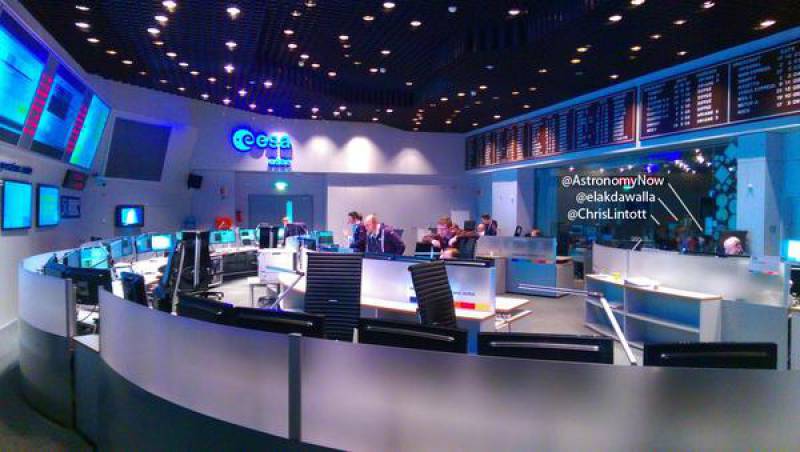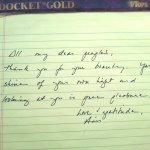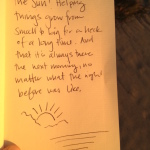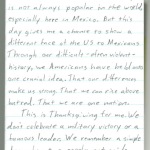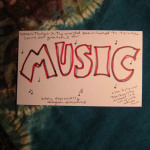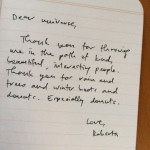 Like millions of other Americans, I’ve spent some time in the last week wondering whether the grand jury proceedings in the shooting death of Michael Brown were a perversion of justice from the get-go. I don’t claim to have had any great societal insights as a result, but I can claim a personal one—the kind of epiphany that sometimes comes from thinking about a universal problem by drawing on your own experience and applying your own area of relative expertise. In my case, I drew on my memories of serving on a grand jury and applied my interpretation of the scientific method.
Like millions of other Americans, I’ve spent some time in the last week wondering whether the grand jury proceedings in the shooting death of Michael Brown were a perversion of justice from the get-go. I don’t claim to have had any great societal insights as a result, but I can claim a personal one—the kind of epiphany that sometimes comes from thinking about a universal problem by drawing on your own experience and applying your own area of relative expertise. In my case, I drew on my memories of serving on a grand jury and applied my interpretation of the scientific method.
In the spring of 1998 I was one of 23 members on a grand jury in Manhattan. We met every weekday morning for a month, deciding a variety of cases, probably several dozen in all. We spent a lot of time waiting. Reading. Chatting. Dozing. Then the door would open, and a prosecutor would walk in. He or she would tell us about the case and what the charge was (or charges were), read aloud the relevant statute(s), and then go about presenting evidence that the defendant was guilty, guilty, guilty: testimony from witnesses, documents, videotapes. Then the prosecutor would leave the room and we would vote whether or not to indict.
For me, the experience was an education. Despite all the evidence of a suspect’s guilt, our job wasn’t remotely to determine guilt or innocence. It was, basically, to give our blessing. We saw no contradicting evidence. We heard no contradicting testimony. We simply had to assess whether prosecutors had enough indications of guilt to go to trial; only then would the contradicting evidence and testimony receive an airing.
Twice that month I voted not to indict. Continue reading


